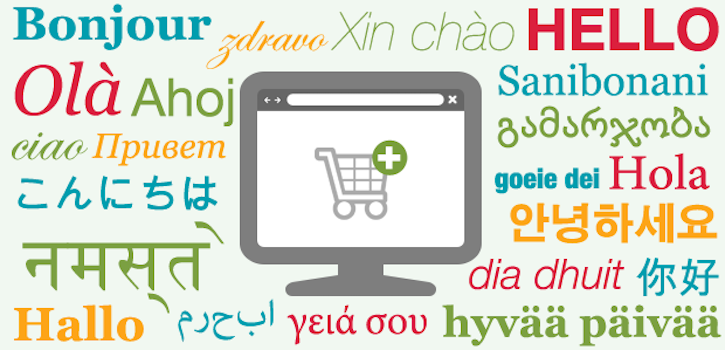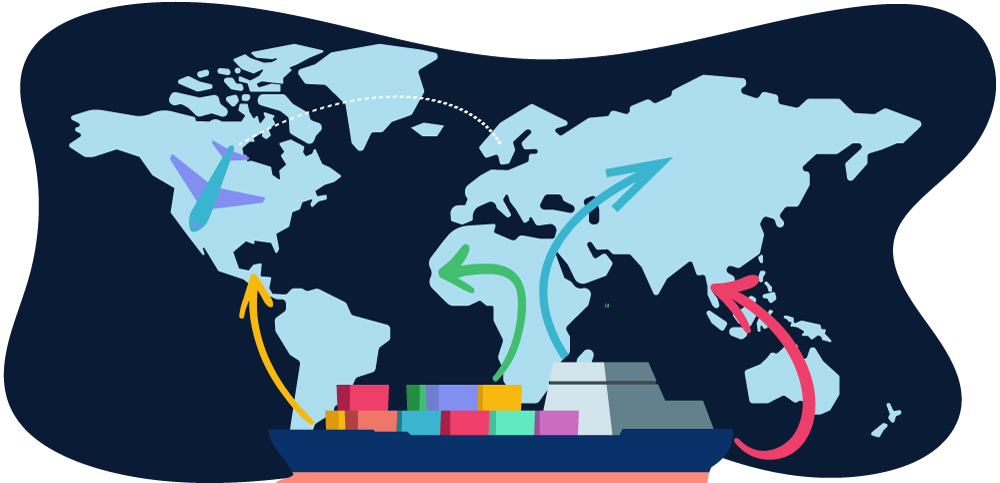Your online store is booming and it’s time to get more customers abroad. Whether you’re selling vintage t-shirts or garden gnomes, you know that it’s time to translate your ecommerce site.
To get you started, we’ve compiled a list of the 10 most common pitfalls of translating your website:
1. Not translating your site at all
While many people in today’s globalized world have at least a small understanding of a second language, that doesn’t mean that they will appreciate having to put it to use on your site. Don’t forget, the customer experience is key, and if they have a hard time understanding and navigating your site, your sales will suffer.
2. Using automatic translation tools
Google Translate is fine for personal use, but should be avoided like the plague when building your multilingual site. Why? Automatic translation tools make mistakes, which will make your site look unprofessional.
Need more convincing? Automatic translations can also be mistaken for duplicate content, which Google penalizes. Your ranking in search engines will be downgraded and for an online store, that’s pretty disastrous.
If you’ve already dedicated hours to copy/pasting your site into Google Translate, don’t worry, you can always hire a proofreader who will double-check and rewrite your text.
3. Forgetting or ignoring SEO (keywords, alt tags, meta data)
Not only do you need to make sure that your web content and meta tags are SEO-friendly, but you actually need to understand what the relevant search terms are in each language, as they may not be word-for-word translations.
4. Assuming that one language is the same everywhere
Just like English is different in the US and the UK, so is Spanish, French, Portuguese and countless other languages in different regions. Create a stronger bond with your customers by using expressions and vocabulary that they can relate to.
5. Translating only a part of your site
You made your product descriptions and contact page multilingual, but did you remember to translate your FAQs, shipping options, privacy policy, and terms of use? Online shopping is all about trust and you need to make sure that all these pages are available in your customer’s languages so that they feel comfortable buying from you.
6. Not showing the local currency or measurements
Don’t make your shoppers do math – do it for them. Convert dollars to euros and pounds to kilograms, or your visitors may just leave.
7. Providing customer service in only one language
Your website is only one aspect (albeit a big one) of your business. Don’t forget to translate your customer service emails and promotional newsletters.
8. General cultural ignorance
Not knowing the local customs and traditions could mean missed opportunities or even worse, negative reactions. For example, December 26 (Boxing Day) is one of the biggest shopping events in many Commonwealth countries like Canada, so if you think you can take that day off, you’ll lose out.
9. Never updating translations
This one will slowly creep up on you. One day, you decide to add “Special Offer” on one of your products in a rush. Then you update a few lines of your shipping policy, but don’t have time to translate it. Before you know it, your site is has inconsistent information in different languages.
10. Ignoring the context
Good job! You translated your shipping policy into Italian, but did you remember to include relevant information on costs and timelines for delivery to Italy? Having a multilingual site is about giving the best experience to the customer, which includes providing information relevant to their region.
What about you? Have you made one of these blunders?
Until next time!
The TextMaster Team







